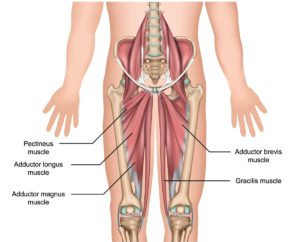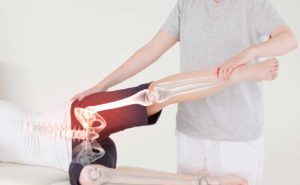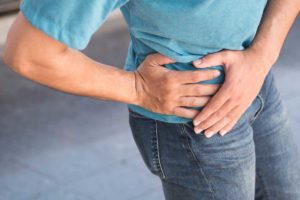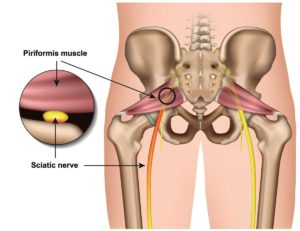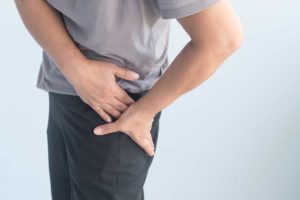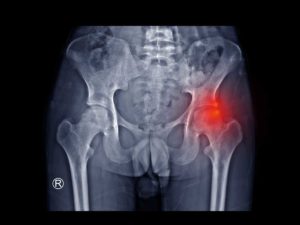
Ischial Bursitis
Typical Symptoms
An ischial bursitis usually causes pain when the bursa is compressed when sitting on hard surfaces or when the (buttock) area is stretched. There can also be a sensation of swelling in the area.
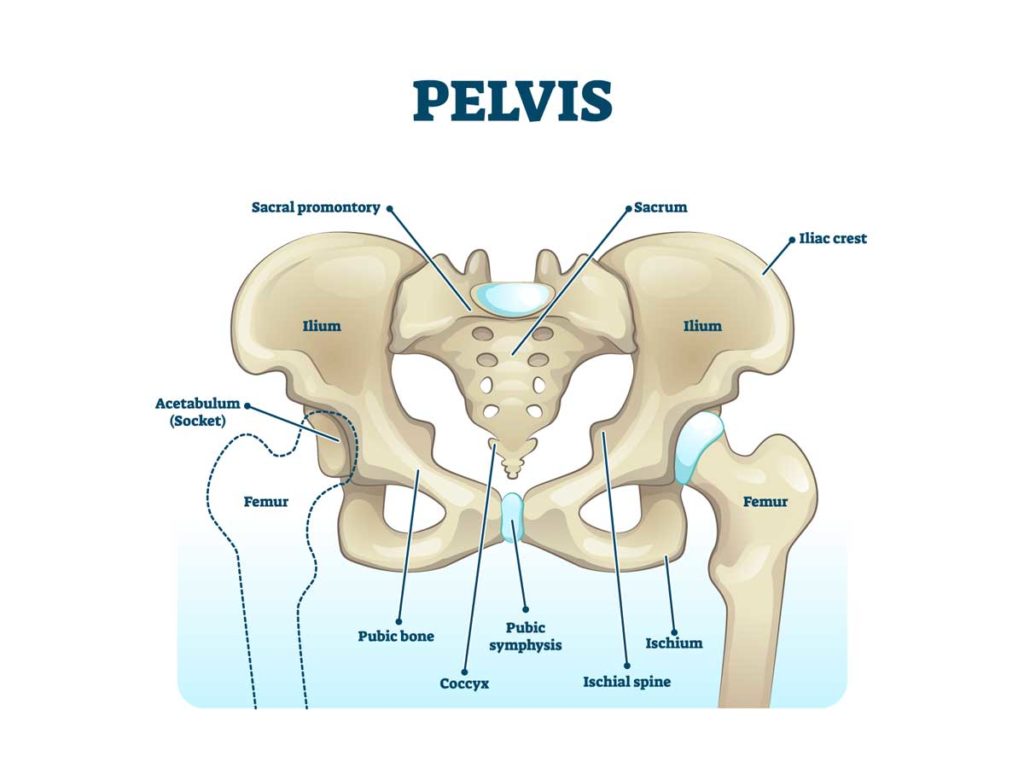
What causes it?
The ischium is commonly referred to as the sitting bone as this is where we tend to apply most pressure when sitting on a surface.
A bursa is a naturally occuring space that allows two areas to move against one another, but a bursitis can develop after landing from a height or after sitting down on hard surface for a prolonged period.
Consequently there can be fluid and inflammation in the bursa that also contributes to pain symptoms.
How can I help myself?
It is useful to consider when the pain came on and if there was a particular injury that brought it on. Sometimes there might be contributing factors from your sports or occupational activities that might have contributed to the symptoms. Trying to alter some of these can help improve symptoms; this could include changing your bike seat or adding cushioning to chairs.
Soft tissue release with a sports therapist or acupuncture/cupping can also help; in situations where symptoms are particularly bad, analgesics such as anti-inflammatories, can also help with reducing pain.
When to seek help?
If you have tried to improve the symptoms with the measures described, but it continues to affect your function and cause pain, you should have this problem assessed.
What are the treatment options?
Your clinician should assess you with a thorough history and clinical examination to determine what might have contributed to it and to localise the pain.
Once identified, they may undertake an X-ray of the hip/pelvis to look for degenerative (wear and tear) changes, while an ultrasound of the area can help look for swelling and inflammation. Rehabilitation with a physiotherapist is important and they may focus on stretching out the hamstrings or ultrasound therapy for pain.
In situations where symptoms are ongoing, your clinician may discuss an ultrasound guided cortisone injection for pain symptoms or they may obtain further imaging in the form of an MRI to gather more information. If there are tears in the surrounding tendons or muscles, they may discuss with a PRP injection with you to help healing.
